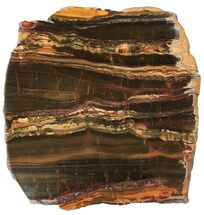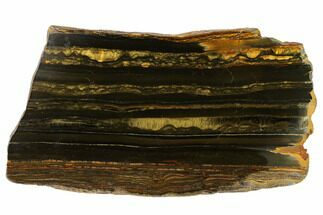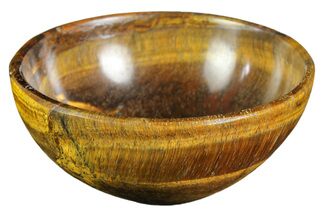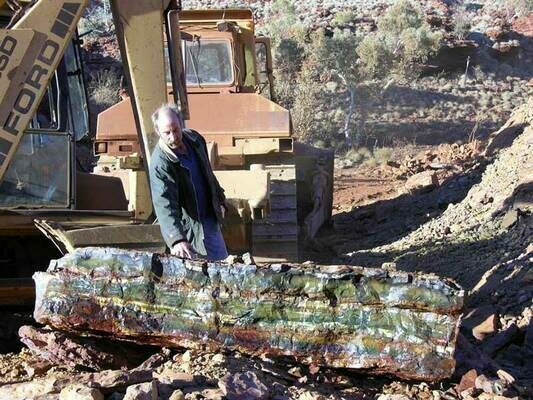TIGER'S EYE FOR SALE
Tiger's eye or Tiger Eye is a gorgeous, chatoyant, semi-precious gemstone with alternating banks of golden to red-brown colors and a silky luster. It has a fascinating and constantly shifting light effect in which the gold and brown bands appear to keep reversing as the stone is moved relative to the light source. Tiger's eye is actually a variety of quartz which is chatoyant due to bands of tiny crocidolite fibers that reflect the light.
85 Items
($3 to $449)
 Reviews
Reviews


































